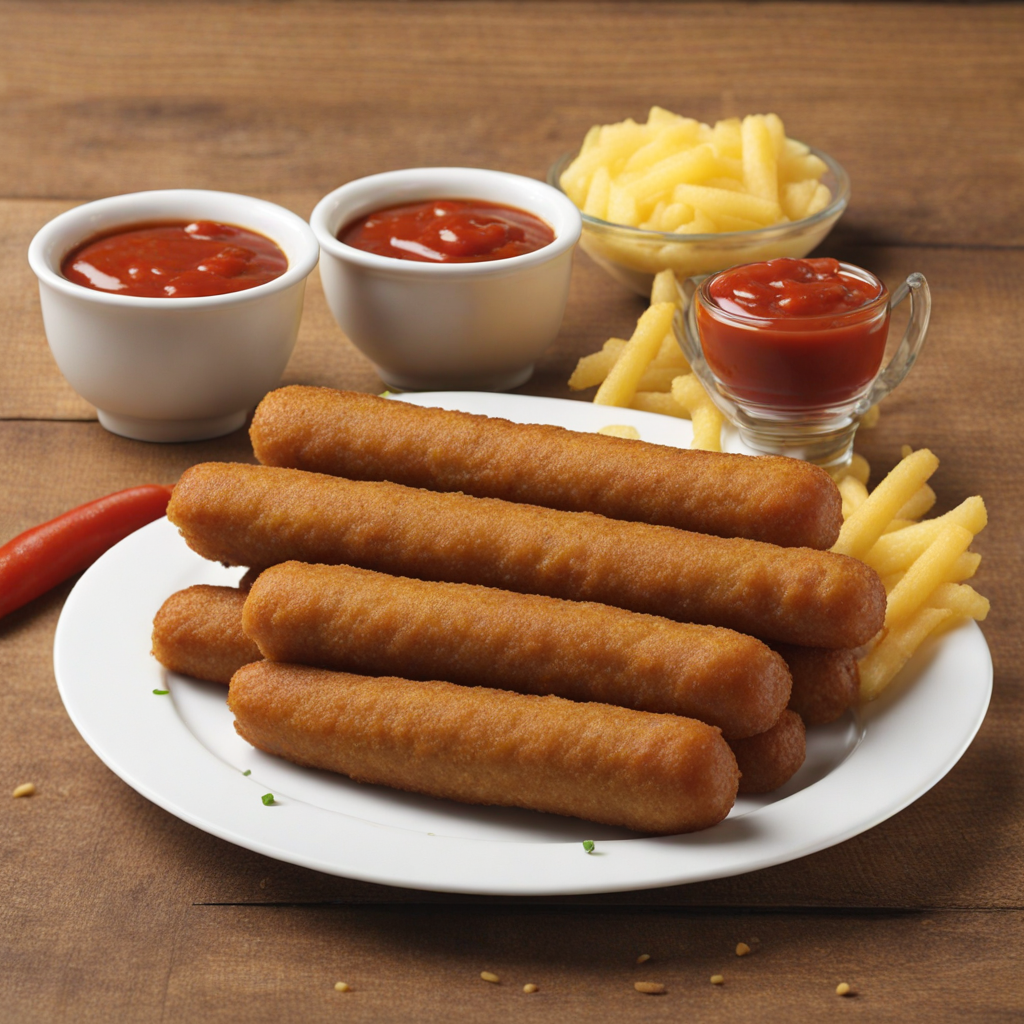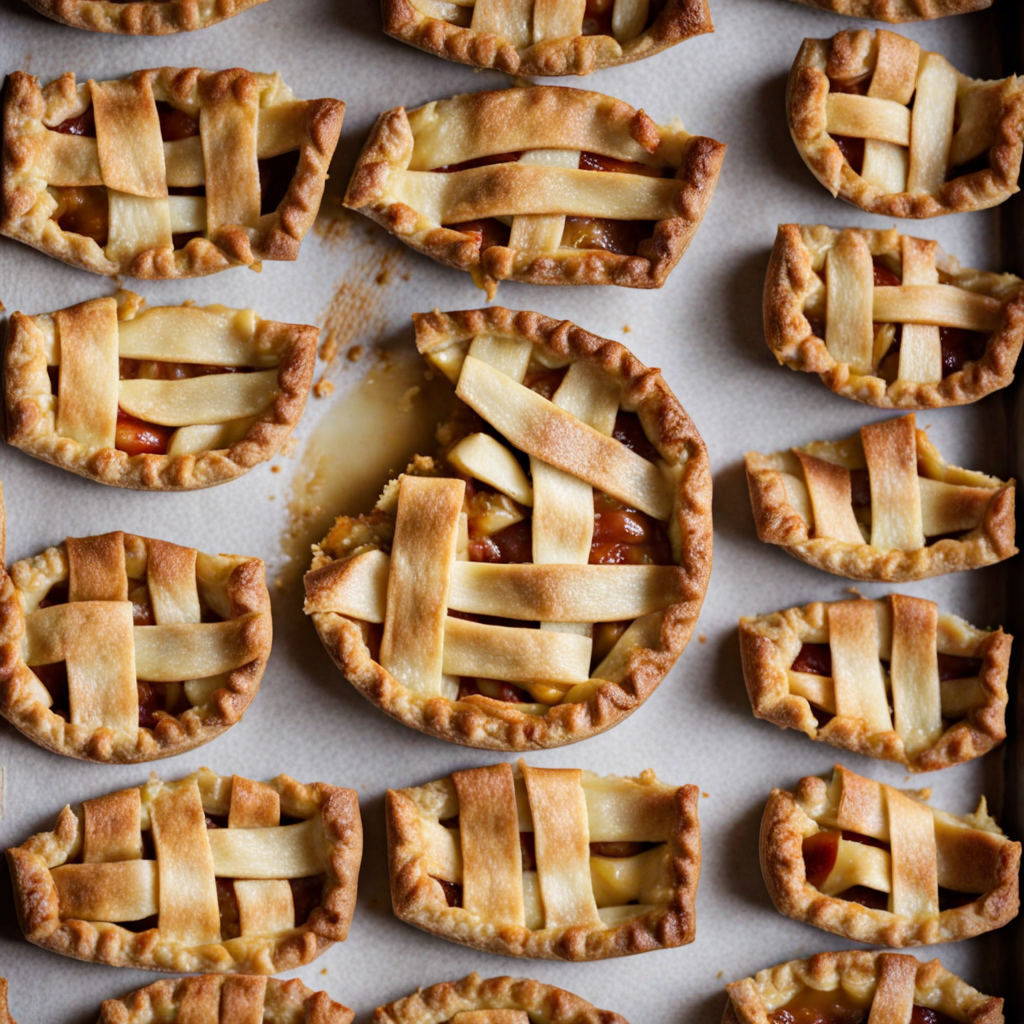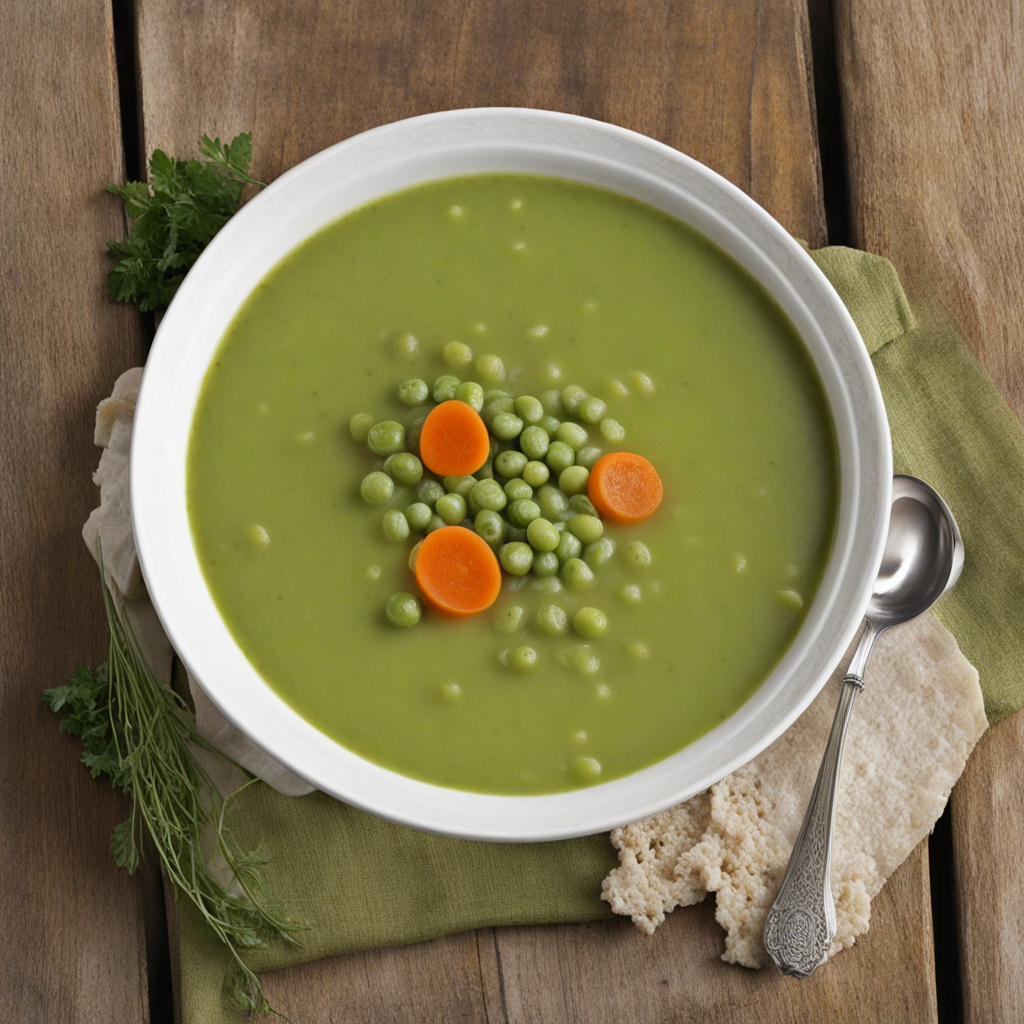Frikandel
Frikandel is a beloved Dutch snack that has carved a niche for itself in the culinary landscape of the Netherlands and Belgium. This skinless, minced meat sausage is known for its unique texture and flavor and is often enjoyed as a fast food item. The origins of the frikandel can be traced back to the mid-20th century, with its invention commonly credited to the Netherlands in the 1950s. It is thought to have been inspired by the German "frikadelle," a type of meatball. Over the years, the frikandel has evolved into a quintessential Dutch comfort food, with variations and adaptations emerging in neighboring regions. The flavor profile of frikandel is a delightful amalgamation of savory and mildly spiced notes. Traditionally, it is made from a mixture of meats, including beef, pork, and chicken, although variations may exist that incorporate other meats or even fish. The blend of spices used in the frikandel is typically subtle, featuring ingredients like salt, pepper, and nutmeg, which contribute to its distinct yet approachable taste. The absence of a casing gives the frikandel a soft, almost velvety texture, allowing it to absorb flavors well during cooking. Preparation of frikandel is relatively straightforward, which contributes to its popularity as a convenient snack. The meat mixture is finely minced and blended with spices before being shaped into a long, slender sausage. Once formed, the frikandel is typically deep-fried until it achieves a
How It Became This Dish
The Frikandel: A Savory Journey Through Dutch Culinary History Origins: A Mysterious Birth The frikandel, a beloved Dutch snack, is a skinless minced meat sausage that has captured the hearts (and stomachs) of many since its emergence in the mid-20th century. While its exact origins remain somewhat murky, it is widely believed to have been developed in the Netherlands in the 1950s. The frikandel’s creation is often attributed to the changing landscape of post-World War II Europe, where food scarcity and a need for affordable, convenient meals spurred culinary innovation. The frikandel is thought to have been inspired by earlier forms of sausage, including the German "frikadelle," which refers to a meatball or patty made from minced meat. However, the frikandel distinguishes itself by being a long, thin, and skinless sausage, typically made from a mixture of meats, including beef, pork, and sometimes chicken or turkey, along with various spices that give it a unique flavor profile. Cultural Significance: A Staple of Dutch Fast Food As the frikandel gained popularity in the bustling snack bars and eateries of the Netherlands, it quickly became a cultural icon. By the 1970s, the frikandel was not just a food item; it had evolved into a social phenomenon. The Netherlands saw a rise in the "snack bar" culture, where patrons could enjoy quick and inexpensive meals. The frikandel, often served with a side of fries and a choice of sauces, became a quintessential part of this fast-food landscape. One of the most popular ways to enjoy a frikandel is as a "frikandel speciaal." This variation elevates the humble sausage by slicing it open and filling it with a delicious combination of diced onions and a generous drizzle of curry ketchup or mayonnaise. This preparation highlights the Dutch penchant for combining sweet and savory flavors, showcasing the frikandel’s adaptability and appeal. Development Over Time: Culinary Evolution As the years progressed, the frikandel continued to evolve, both in terms of its preparation and its ingredients. The introduction of various regional styles and flavors played a significant role in this evolution. For instance, some versions of the frikandel incorporate spices such as nutmeg or coriander, giving each variation a unique twist that reflects local tastes. In the 1980s and 1990s, the frikandel began to attract attention beyond the borders of the Netherlands. As Dutch cuisine became more internationally recognized, the frikandel found its way into the hearts and stomachs of food lovers across Europe. Its rise in popularity was further bolstered by the increasing trend of globalization, which allowed for the exchange of culinary traditions and innovations. The frikandel also underwent a transformation in response to changing dietary preferences and health consciousness. While traditional frikandels are often deep-fried, the advent of air fryers and other healthier cooking methods led to the emergence of baked or grilled versions. Additionally, the rise of vegetarianism and veganism prompted the introduction of plant-based frikandel alternatives, allowing those with dietary restrictions to enjoy this iconic snack. Culinary Iconography: A Symbol of Dutch Identity In Dutch culture, the frikandel transcends mere sustenance; it represents a sense of identity and community. Snack bars, known as "snackzaken," are places where friends gather to share a meal and stories, and the frikandel is often at the center of these social interactions. It serves as a comfort food, evoking nostalgia for childhood memories, late-night snacks, and festive gatherings. The frikandel's cultural significance is further emphasized during events such as King’s Day (Koningsdag), a national holiday in the Netherlands that celebrates the king's birthday. On this day, streets are lined with stalls selling a variety of traditional Dutch foods, with the frikandel featured prominently. Its presence at such festivities underscores its status as a cherished national dish. Global Recognition: The Frikandel Beyond Borders In recent years, the frikandel has begun to garner attention beyond the Netherlands, making its way into food festivals and culinary events worldwide. Dutch expatriates have played a crucial role in introducing the frikandel to their new homes, sharing its unique flavor and cultural significance with a broader audience. As a result, frikandel-themed food trucks and pop-up stalls have appeared in cities across Europe, showcasing the sausage’s versatility and appeal. The frikandel has also found itself in the spotlight of food-related media. Cooking shows and food blogs have featured it as a quintessential example of Dutch fast food, often highlighting its unique preparation and cultural context. This exposure has contributed to a renewed interest in traditional Dutch cuisine and its regional specialties. The Future of Frikandel: Innovation and Sustainability As the culinary landscape continues to evolve, the frikandel is poised to adapt to new trends and consumer preferences. Sustainability and ethical food sourcing are becoming increasingly important, prompting producers to explore innovative ways to create frikandels that align with these values. The use of local, organic ingredients and environmentally friendly production methods are likely to shape the future of this beloved snack. Moreover, the rise of fusion cuisine presents exciting opportunities for the frikandel. Chefs are experimenting with different flavor combinations and cooking techniques, infusing the traditional sausage with influences from other culinary traditions. This creative approach not only keeps the frikandel relevant but also opens the door to new interpretations that could captivate a younger generation of food enthusiasts. Conclusion: A Flavorful Legacy The frikandel is more than just a sausage; it is a reflection of Dutch history, culture, and innovation. From its humble beginnings in post-war kitchens to its status as a beloved fast-food staple, the frikandel has woven itself into the fabric of Dutch identity. As it continues to evolve and adapt to changing tastes and trends, one thing remains clear: the frikandel will always hold a special place in the hearts of those who enjoy its unique flavor and cultural significance. Whether served at a snack bar, enjoyed at a festival, or reinvented in a gourmet setting, the frikandel is a testament to the enduring power of food to connect people and celebrate tradition.
You may like
Discover local flavors from Netherlands







